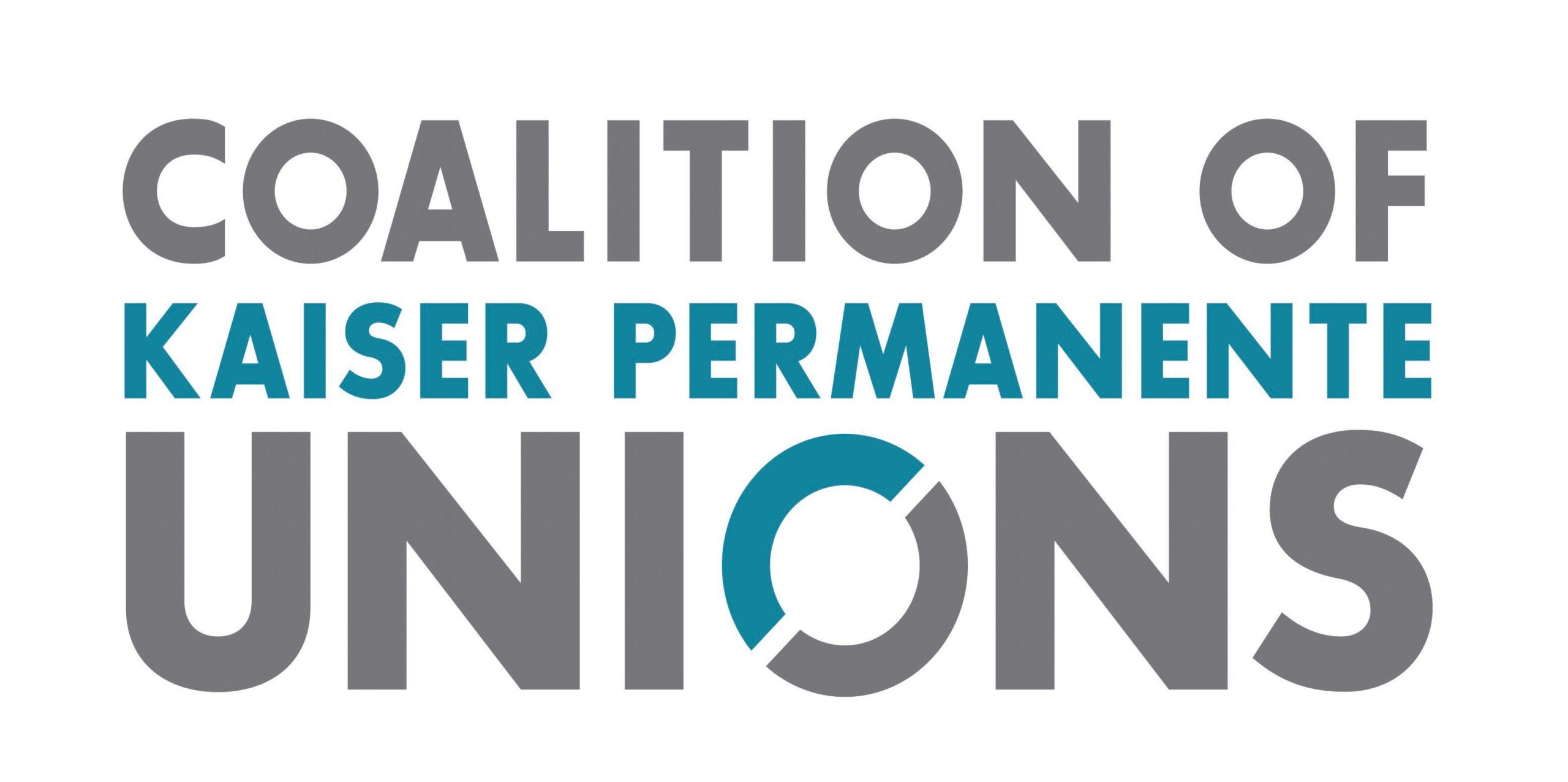- Download the Tentative Agreements here.
- Download the SEIU-UHW summary of the TAs here.
- Download the 2015 National Agreement on the Partnership website here.
- The full 2019 National Agreement will be posted here as soon as it is available.
Historic Agreement Will:
• Restore the Kaiser worker-management partnership;
• Establish a $130 million workforce development program;
• Protect middle-class jobs; and
• Ensure compassionate use of technology
OAKLAND, Calif. – Kaiser Permanente and more than 80,000 Workers in the Coalition of Kaiser Permanente Unions reached a tentative contract settlement early today that will revitalize the long-standing worker-management partnership and accomplish a set of goals to make sure Kaiser is the best place to receive and give care.
If ratified by workers in the coming weeks, the four-year agreement between Kaiser and seven unions in six states and the District of Columbia would avert a nationwide strike that was scheduled to begin Oct. 14.
“This agreement will allow us to rebuild the worker-management partnership that has been so important to all of us in making Kaiser successful over the last 20 years,” said Georgette Bradford, an ultrasound technologist at Kaiser in Sacramento. “Reaching an agreement was not easy, it had lots of twists and turns, but in the end we accomplished what we set out to do – reach an agreement that is good for patients, workers and our communities.”
The agreement includes:
- An intensive joint effort to revitalize the worker-management partnership.
- A ground-breaking workforce development program to provide educational opportunities for thousands of workers to receive a free education to help fill an expected shortage of hundreds of thousands of licensed healthcare jobs with a culturally appropriate workforce. Kaiser will provide $130 million in funding for the program over the four years of the contract.
- Protection of good middle-class jobs with annual raises of 3 percent in each of the four years for workers in California, Oregon and southern Washington. In Colorado, Hawaii, Virginia, Maryland, the District of Columbia and the rest of Washington State, workers will receive raises of 3 percent the first year and 2 percent plus a 1 percent lump sum the following three years. In those states, workers will have an opportunity to turn the lump sums into regular raises if the company hits certain financial performance benchmarks.
The agreement also includes full protection of retirement benefits for current and future employees, and an expansion of retirement benefits in Hawaii, Virginia, Maryland and the District of Columbia.
- A ban on subcontracting and stronger restrictions on outsourcing.
- A committee to work through issues around technology to ensure patients receive personal care that integrates cutting-edge tools with quality, dedicated caregivers.


